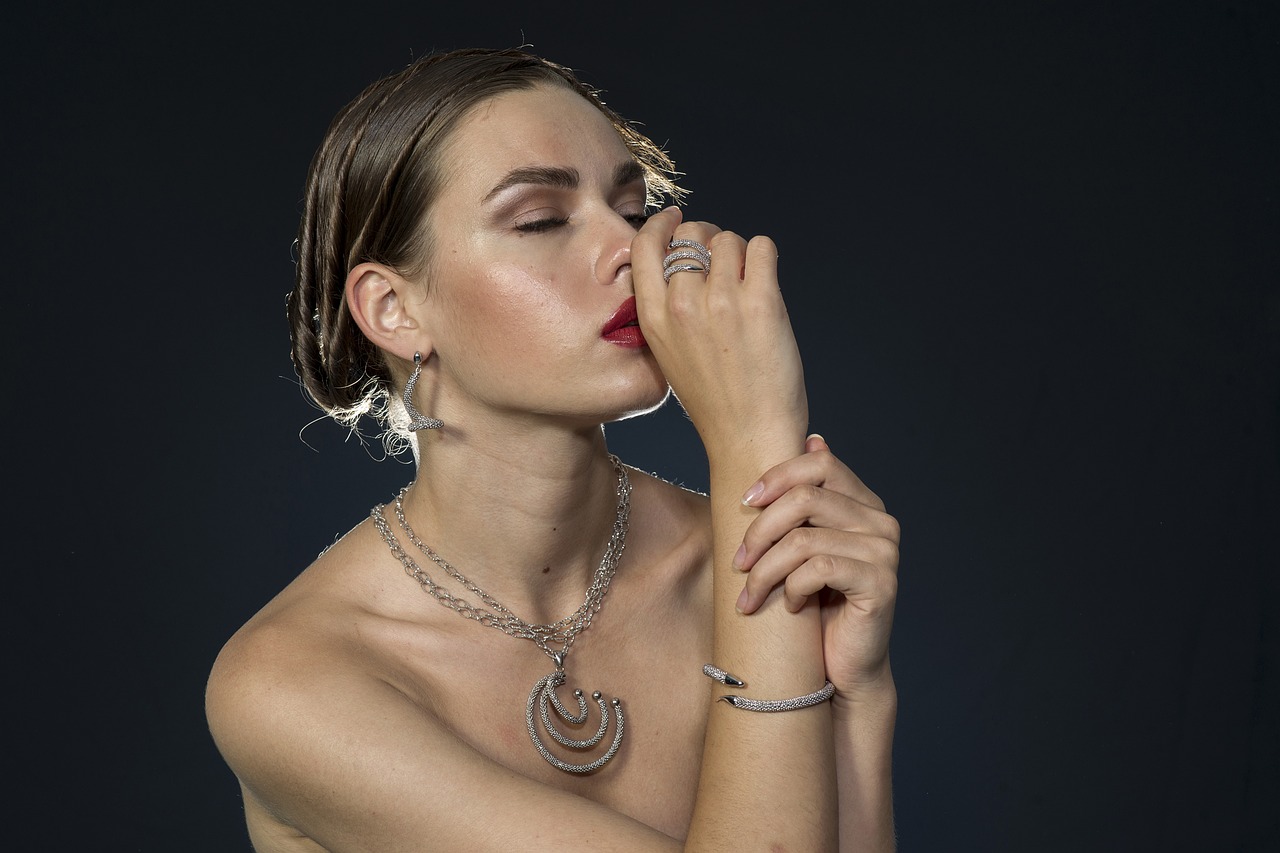The Art of Pattern Making: Techniques, Tools, and Inspirations
Pattern making is an essential process in the realm of fashion design. It involves the creation of templates that serve as the blueprint for producing garments. These patterns act as guides for cutting and assembling fabric pieces to construct various types of clothing, ensuring consistency and accuracy in the final product.
Precision is key in pattern making, as any errors or inaccuracies at this stage can greatly impact the fit and overall quality of the garment. Pattern makers meticulously take measurements, create shapes, and adjust designs to achieve the desired silhouette and proportions. Through this meticulous process, designers can bring their creative visions to life in a tangible form that meets both aesthetic and functional requirements.
History of Pattern Making
Pattern making has been an integral part of garment construction for centuries. Historically, the process of creating patterns can be traced back to ancient civilizations such as the Egyptians, Greeks, and Romans. These early civilizations used basic geometric shapes and measurements to create patterns for clothing, making pattern making one of the oldest known textile arts.
In the Middle Ages, skilled artisans known as tailors were responsible for creating custom garments for the nobility. These tailors developed intricate pattern making techniques that allowed for a precise and tailored fit. As fashion evolved over time, so did the techniques and tools used in pattern making, paving the way for the modern methods used in the fashion industry today.
Importance of Pattern Making in Fashion Design
Pattern making is an essential aspect of the fashion design process. It serves as the foundation for creating garments that fit well and look flattering on the wearer. Without accurate patterns, even the most beautifully designed piece can lose its appeal when poorly executed.
The art of pattern making allows designers to translate their creative visions into wearable pieces of art. By meticulously crafting patterns that cater to different body shapes and sizes, designers can ensure that their designs come to life in the most flattering and aesthetically pleasing way. Ultimately, pattern making plays a crucial role in bringing a fashion designer’s ideas from concept to reality.
• Pattern making ensures that garments fit well and look flattering on the wearer
• Accurate patterns are essential for executing beautifully designed pieces
• Pattern making allows designers to translate their creative visions into wearable art
• Patterns cater to different body shapes and sizes, ensuring designs are flattering
• Crucial role in bringing a fashion designer’s ideas from concept to reality
What is pattern making in fashion design?
Pattern making in fashion design refers to the process of creating templates or blueprints that serve as a guide for cutting and sewing fabric to create a garment.
What is the history of pattern making?
Pattern making has been a crucial part of garment construction for centuries, dating back to the ancient civilizations. However, the modern techniques of pattern making began to develop in the 19th century with the rise of the fashion industry.
Why is pattern making important in fashion design?
Pattern making is important in fashion design as it allows designers to translate their creative ideas into tangible garments. It ensures that the garment fits well, has the desired silhouette, and is constructed in a way that is both functional and aesthetically pleasing.
How does pattern making affect the final outcome of a garment?
Pattern making plays a crucial role in determining the fit, drape, and overall look of a garment. By creating accurate and well-constructed patterns, designers can achieve the desired shape, proportion, and style of the garment.
Can pattern making be done manually or digitally?
Pattern making can be done manually using paper, rulers, and drafting tools, or digitally using computer-aided design (CAD) software. Both methods have their own advantages and limitations, but the choice often depends on the designer’s preferences and workflow.







